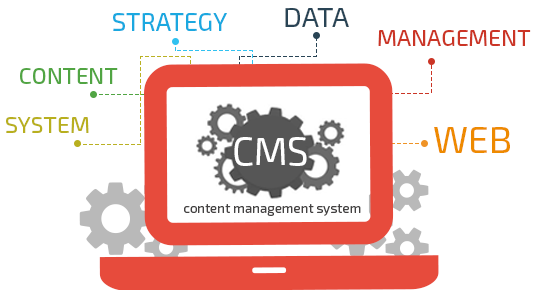A CMS, or content management system, is just a software tool that allows users to create and maintain websites without having to write them from scratch or even knowing how to code at all. A CMS for website building allows you to create, manage, revise, and publish information using an easy-to-use interface. Rather than coding, you may change the style and functionality of your website by downloading or purchasing themes and plugins. You may have numerous users engaging in the same tool's backend, among other things.
-
Services
-
Industries
Creating plans for achieving digital transformation and maturity in various industries and market segments.
Request Quote -
Solutions
Assisting companies in achieving a return on investment from their digital projects and efforts.
Request Quote - About
- Career
- Blogs
- Contact

